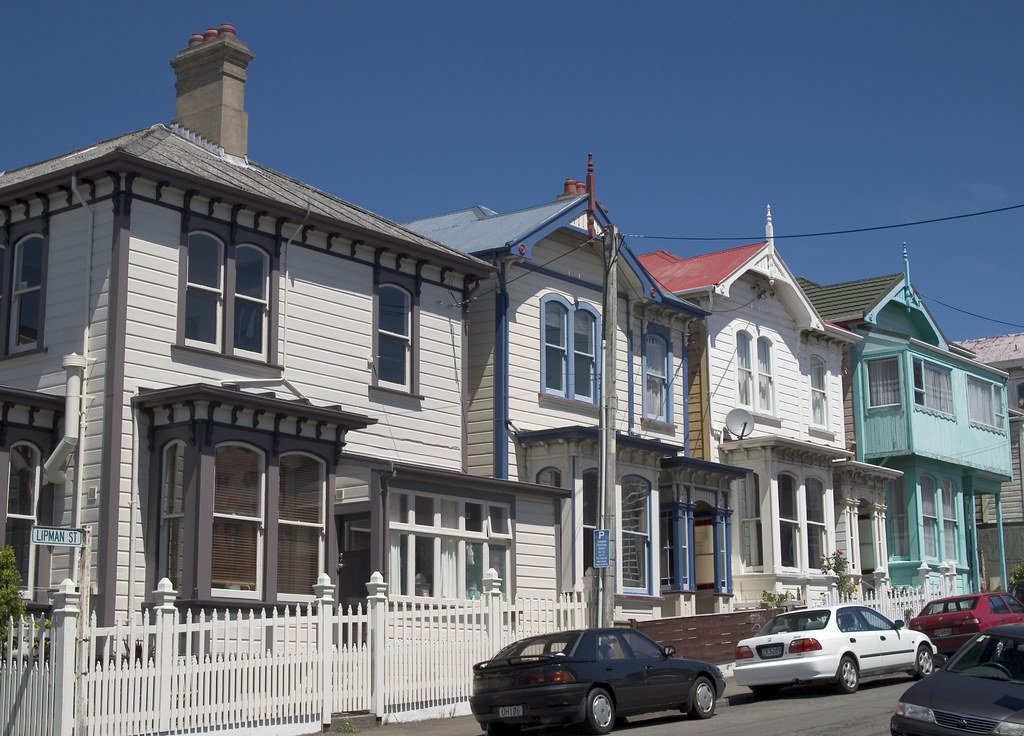Identity Development: Auckland’s special character vs intensification
We’ve seen debate in recent months over protecting Auckland’s special character housing. These structures are important to some as a matter of history and identity. All this talk has some examining why certain areas get developed and others preserved.
Auckland’s special character houses are protected from densification efforts. These buildings are said to provide history and identity to the city. However, as this article by Carolyn Hill argues, it’s worth asking what exact history this preserves.
These discussions start with medium-density residential standards or MDRS. These standards were set to ease the housing crisis in major cities. They allow three three-storey dwellings to be built on a residential site. That is unless there are “qualifying matters” that leave a site exempt, such as special character.
But what makes a building have “special character?”
Firstly, it’s gotta be old. Historic. Probably pre-1940s. They’ll likely be villas, Victorian or Edwardian. Colonial. They may be built with notable materials like native wood which may be recyclable, but not replaceable.

These houses, Hill argues, preserve one history while silencing another.
We’ve discussed before how a lack of representation (or diverse representation) can effectively erase one’s experience. It makes it hard to imagine what you can be. It can make you feel like your stories aren’t powerful, interesting, or worth telling.
These principles apply to architecture, too. By only seeing, and actively preserving, colonial housing a norm is enforced. It says, this kind of structure, this land is worth protecting. And implicitly, it implies anything else, any other person’s history is less important. Less worthy.
There’s also a disparity in where these special character areas are. Hill notes that special character areas tend to be the more expensive suburbs. This means richer suburbs get to stay the same, while everywhere else is swept into development.
[Most] of the densification burden will be directed into communities already lacking nature, amenity and infrastructure.
Carolyn Hill
Beyond that, while some of these houses have been heavily invested in, retrofitted and renovated, others remain cold, leaky and inefficient. And keeping these sites exempt from densification limits the number of new homes we can build.
It’s worth noting that there are criticisms of the kinds of medium- to high-density homes being built with MDRS. In particular, they tend to assume a one-size-fits-all approach. This doesn’t work for, and may even further alienate, families or groups that don’t fit the assumed household.
They’re often not suited for intergenerational living or “Māori and Pacific whānau dynamics.” This is not an argument against all densification. Rather, this is a reminder that we have to be mindful of the kinds of structures and communities we’re building. When we replace old structures and institutions, we should consider if we’re fixing the problem or simply perpetuating it in a new fashion.
But back on topic.
It is true that these colonial homes do have an effect on local identity. Some may feel that Auckland just wouldn’t feel right without them.
This debate of preservation vs development comes up again and again. It came up in the ’70s and ’80s as Wellington went through a major development blitz. Here, many were genuinely heartbroken to see old haunts and local favourites disappear overnight in the name of progress.

But there’s another question to be asked here. Does the identity fostered by these special character houses serve Auckland’s younger generations? Maybe it’s time to think less about preserving and more about what neighbourhoods and identities we want to create. Do these special character homes still reflect and inform young people’s identities?
Auckland council has shrunk the size of special character areas in older suburbs. This means the number of homes classified as special character has reduced from approximately 21,000 to 15,000.
You can read Hill’s full article below. And let us know where you land. To what extent should we work to preserve special character housing? What identities do these structures foster? What can we do to reflect modern neighbourhood demographics, ideas and identities?
Further resources
- Whose ‘identity’ are we preserving in Auckland’s special character housing areas? by Carolyn Hill
- Whose heritage do we in Wellington care about? by Rebecca Kiddle
- Hometown Boomtown: Wellington’s rush for reinvention by Grace Clark
- The Missing Middle Mystery: housing detectives on the case! by Kōrero Wellington
Leave a comment